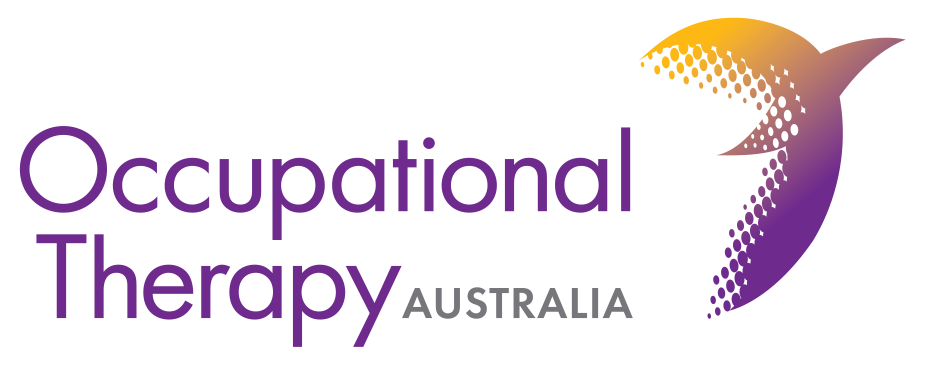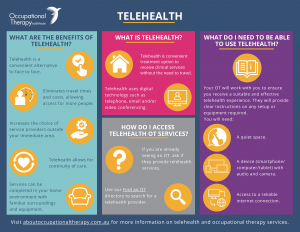What is Telehealth?
Telehealth consultations are a convenient treatment option to receive clinical services without the need to travel or meet face-to-face. Telehealth services use digital technology—such as a phone, email and/or video call—to connect you with health professionals remotely.
What are the Benefits of Telehealth?
Telehealth offers a convenient alternative to face-to-face consultations. Meeting digitally eliminates travel times and costs, while allowing more people to access services in a timely fashion.
The virtual nature of telehealth broadens your choice of service providers to outside your local area. It also eliminates health and safety risks such as exposure to communicable diseases—telehealth rose in prominence in 2020 to reduce the spread of COVID-19.
To help overcome physical distances or reduced mobility, telehealth allows for continuity of care. Additionally, services can be completed in your home environment with familiar activities and surroundings.
Free Telehealth Infographic
To help answer some commonly asked questions about telehealth (such the benefits of telehealth and simple set-up tips) we have prepared the above shareable, easy-to-use infographic for consumers and their carers. Click here to download.
How Do I Access Telehealth OT Services?
If you are already seeing an occupational therapist, ask them if they provide telehealth services. Additionally, browse Occupational Therapy Australia’s Find an OT directory to search for a telehealth provider in your state or territory.
Your occupational therapist will determine what specific services are appropriate to offer via telehealth and what technology you may require.
What Do I Need to Use Telehealth?
Your occupational therapist will work with you to ensure a convenient and effective telehealth experience. They will provide clear instructions on any setup or equipment required. For a general consultation you will need:
- A quiet space with good lighting
- A device (smartphone/computer/tablet) with audio and camera
- Access to a reliable internet connection
Technical or poor connection issues may arise, so your occupational therapist may ask you to have a phone ready as a back-up if the video call fails.
Is Telehealth Effective?
Yes, there have been many studies on the safety and effectiveness of telehealth. Occupational therapists are problem solvers and will use their clinical reasoning to guide you through your assessment and gather information and feedback via careful observations. They will ensure you receive the support and services you need to engage in your daily activities.
Is There Any Risk to My Privacy?
Telehealth appointments require your consent and occupational therapists must abide by Australian privacy principles. Occupational therapists are registered health professionals and must work within guidelines stipulated by the Australian Health Practitioner Regulation Agency (AHPRA). You may wish to clarify with your occupational therapist how your privacy and confidentiality will be managed.
Telehealth Set-up Tips
- Review the lighting in the room so that your face is clearly visible
- Try facing a window or lamp
- Speak clearly, at your normal volume, one person at a time
- Minimise background noise
- Turn off mobile phones or switch to silent mode
- The computer should be situated at close to eye-level
- Consider placing a laptop on a pile of books
- If using a mobile phone, rest the device upright to prevent shaking


